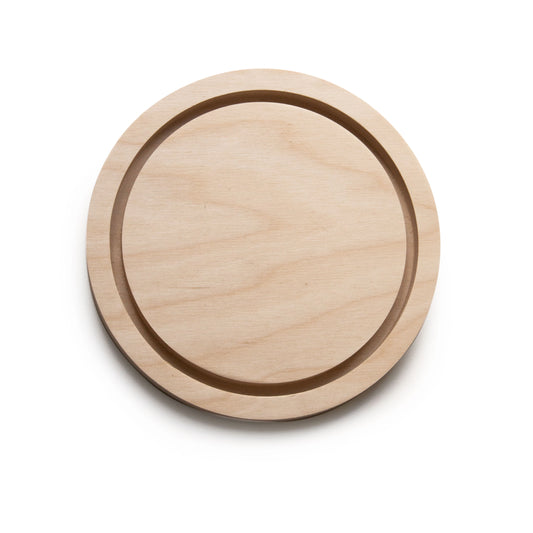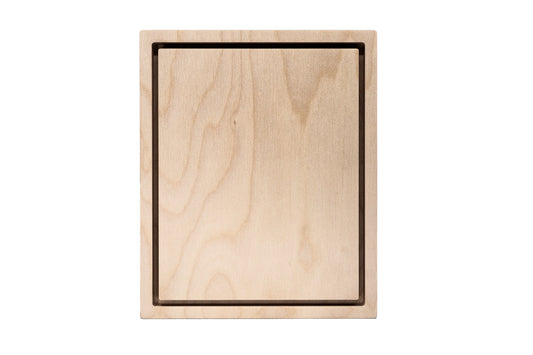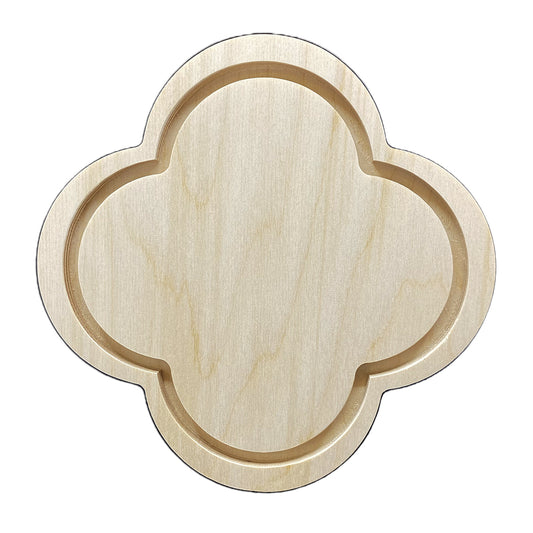How To Make Your Artwork Pop
Visual illusions are one way to really make your artwork POP! They can make objects appear larger, smaller, closer, or farther away than they actually are. When used effectively, they can add a layer of depth and dimensionality to your artwork that tricks the eyes and deceives the viewer’s perception of reality.

Types of Illusions
-
Diminishing Scale
You can easily adjust the size and placement of objects in your artwork to create a powerful illusion of depth. As objects recede into the distance, their diminishing size can dramatically enhance the sense of perspective and distance within your artwork. Dutch artist Vermeer expertly used diminishing scale and linear perspective to create the illusion of depth in his paintings, employing these techniques so effectively that scholars debate whether he secretly used a glass lens and mirror to achieve this effect.
 artwork by Lizzy Gass
artwork by Lizzy Gass- Negative Space
Negative space, the double entendre of the art world, is the areas around and between objects. Negative space plays a crucial role in the composition of your artwork. By strategically utilizing it, you can draw attention to the main subject and create a sense of balance, depth, and perspective. Dutch artist M.C. Escher skillfully used negative space to create complex, interlocking shapes and tessellations. By balancing positive and negative space, he allowed forms to transform seamlessly, exploring themes like infinity, duality, and optical illusions. His innovative use of empty space was central to his exploration of impossible structures.
 artwork by Kim VanDerHoek
artwork by Kim VanDerHoek - Color Contrast
By carefully selecting and placing colors in your artwork, you can use color contrast to create powerful illusions of depth and dimension. The simplicity of a floater panel allows your viewer's focus to be drawn directly to the interplay of colors, enhancing the illusionary effect. Italian artist Michelangelo Merisi da Caravaggio expertly employed striking color contrasts, particularly through his signature chiaroscuro technique—the use of light and shadow—to craft convincing illusions of depth and realism. By placing brightly lit figures against dark, shadow-filled backgrounds, he made his subjects seem as if they were stepping out of the darkness. This approach enhanced the sense of three-dimensionality, drawing the viewer’s eye to essential elements and amplifying the emotional intensity of his scenes, giving them a lifelike and dramatic quality. His skillful use of color contrast became a defining feature of his work and had a lasting impact on Baroque art.
 artwork by Nicole Gustafsson
artwork by Nicole GustafssonTrekell's Floater Panels: The Ideal Canvas for Illusions
Trekell's floater panels offer a unique canvas that can enhance the impact of your illusions. Their minimalist design and smooth, durable finish provide an ideal surface for a variety of mediums, especially mixed media.
A floater panel is a wooden canvas that's designed to look like it has a frame. An illusion in itself, the design of our floater panel will make your artwork appear to hover within the panel.
Our floater panels are designed to enhance the presentation of your artwork. With their clean lines and high-quality materials, they provide a modern and sophisticated backdrop for your creations. When combined with the techniques described above, our floater panels can help you create truly captivating pieces. So, don't be afraid to get creative and explore the possibilities of illusionary art.






